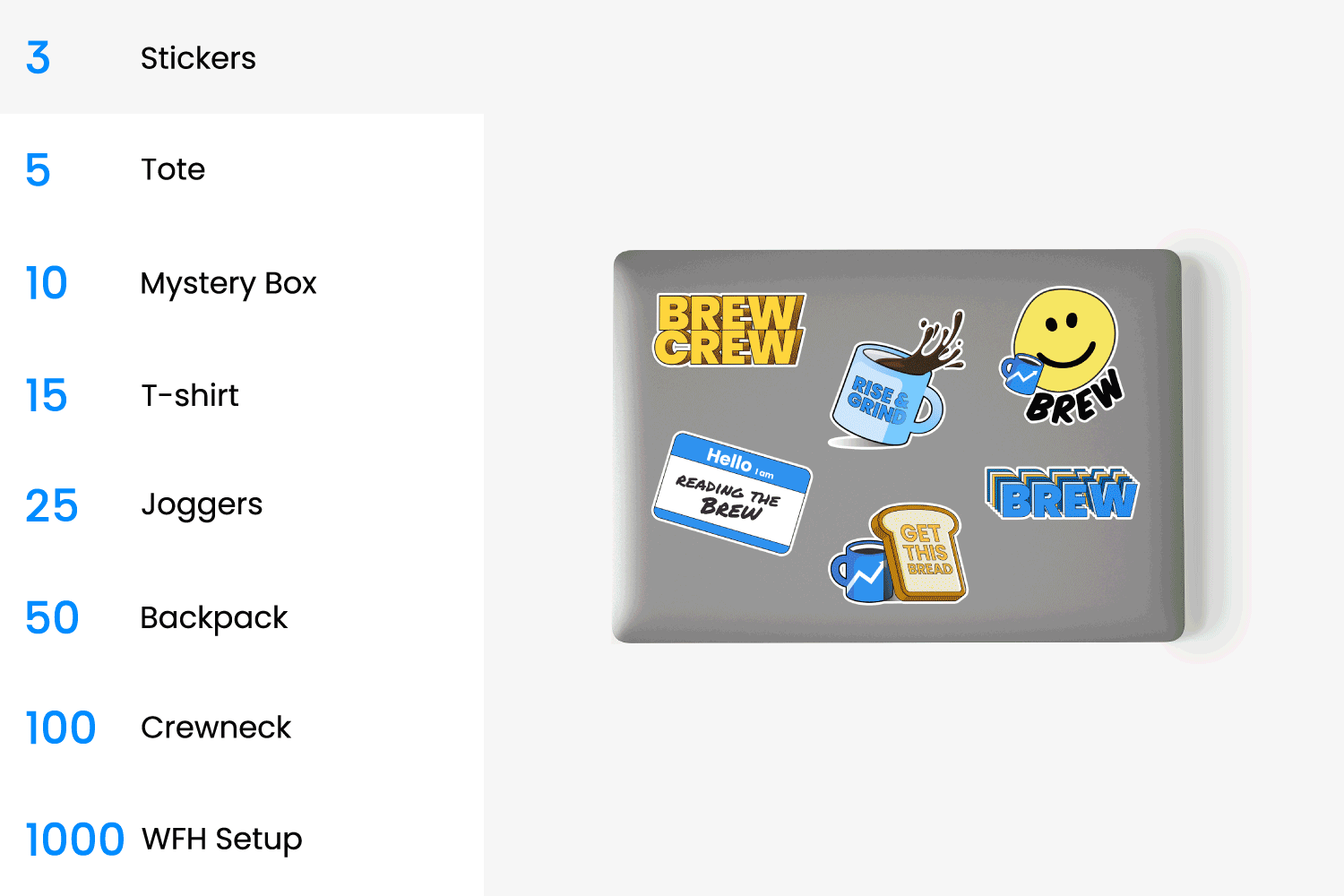Hey there, all-stars! Today is National Pie Day. If your employees have been feeling crumby, show them they’re the apple of your pie by filling the breakroom with a variety of tasty treats. Pie is always a berry good idea, and they’ll be dough-lighted—crust us! Now, before we get cherried away…
In today’s edition:
 Compliance checklist Compliance checklist
 What to expect What to expect
 HR 101 HR 101
—Courtney Vinopal, Amanda Schiavo
|
|
Sesame/Getty Images
The year is off to a less than auspicious start for some parts of the workforce, as large companies including Google, Amazon, Citigroup, and BlackRock all announced their plans to lay off employees.
This is a continuation of job cuts that started last year, with the tech sector being hit particularly hard. And as some recent high-profile cases have illustrated (looking at you, Twitter), skirting legal obligations for departing employees can land firms in hot water.
Here are four compliance issues to consider when navigating layoffs for US workers.
WARN employees. Under the Worker Adjustment and Retraining Notification Act (WARN), employers with 100 or more employees that intend to conduct a mass layoff at a single site of employment must give affected employees at least 60 days’ notice before they take action. Under the policy, “mass layoff” refers to a layoff that results in at least 33% of active employees, and at least 50 employees, losing their jobs. There are a few exceptions to this requirement.
Keep reading here.—CV
|
|
Analyzing proprietary Ashby data from over 14 million applications, Ashby has produced a series of Talent Trend reports. In these reports, they focus on a specific set of metrics to unlock a deeper layer of insight with real-life examples.
The goal: actionable benchmarks your team can leverage to continuously improve your recruiting workflows.
You can also find all this info for free on their website—no email required. Check out the latest report to find out:
Read their reports and subscribe to be first in line for the new edition coming next month.
|
|
Klaus Vedfelt/Getty Images
The US economy ended 2023 on a strong note, with employers adding 216,000 jobs to their payrolls—higher than analysts had expected—and wages rising 4.1% from the previous year. Fears of a recession calmed, while stocks closed out the year close to record highs.
The continued strength of the labor market evidently had an impact on workers’ attitudes about their jobs, as a higher share of them asked for raises and promotions last year, according to new data from business intelligence company Morning Consult. Some 34% and 26% of employed US adults surveyed in December said they’d asked for a raise or promotion in the last year, up from 30% and 22% the year prior.
HR pros should expect such requests to continue for as long as the labor market remains tight, Jesse Wheeler, senior economist for Morning Consult, told HR Brew.
Jobs, wages hold strong. Even though labor market indicators such as employment, job openings, and wage growth have been cooling down from the historic highs the US saw in 2021 and 2022, the continued tightness of the labor market is still fueling confidence among workers, Wheeler said.
Keep reading here.—CV
|
|
Francis Scialabba
Welcome to HR 101. Class is now in session. Today’s discussion will focus on the history of workers’ compensation.
Picture this: You walk into the breakroom and slip on the banana peel that Karen from accounting thought she had successfully tossed into the garbage. Now, your back is out—thanks a lot, Karen—and you’re going to have to take time off to recover.
Good thing your company is legally required to reimburse you for medical expenses and lost pay as a result of your on-the-job injury. And it’s all thanks to workers’ compensation: a form of insurance through which employers must provide financially for employees who are injured at work.
The history. US workers’ compensation laws have roots in Europe, specifically Germany, where sickness and accident laws passed in the 1870s and 1880s included provisions that offered some social protections to workers in factories, railways, and other dangerous work environments.
Keep reading here.—AS
|
|
|
ROI 101. Every HR leader wants to get the most from their corporate learning investment, but getting ROI right can be tricky. To help figure out the bottom line, D2L’s report asked 300+ learning leaders how they measure the effectiveness of their employee learning programs. The answers? See for yourself.
|
|
Francis Scialabba
Today’s top HR reads.
Stat: 60% of employees say they support pay transparency. (National Women’s Law Center)
Quote: “We need to know that the systems we are using provide us with the needed compliance, reporting, self-service for employees, dashboards with analytics for management, integration with other financial and operational systems, and more at a fair price. [HR leaders] have an obligation to wisely select the technology needed to do their jobs without overspending.”—Mary Ann Haskins, senior HR consultant at Flex HR, on selecting the best HR tech vendor (SHRM)
Read: Employers can improve the efficacy of their DE&I initiatives by taking these steps. (Forbes)
|
|
With 22k+ jobs just for HR pros, iHireHR can make your “new year, new career” dreams come true. They have tools and resources for every phase of your job search and beyond.
Looking to hire instead? Check out iHireHR’s Employer Solutions to learn more about their recruiting tools.
|
|
|
Share HR Brew with your coworkers, acquire free Brew swag, and then make new friends as a result of your fresh Brew swag.
We’re saying we’ll give you free stuff and more friends if you share a link. One link.

Your referral count: 2
Click to Share
Or copy & paste your referral link to others:
hr-brew.com/r/?kid=9ec4d467
|
|
|









